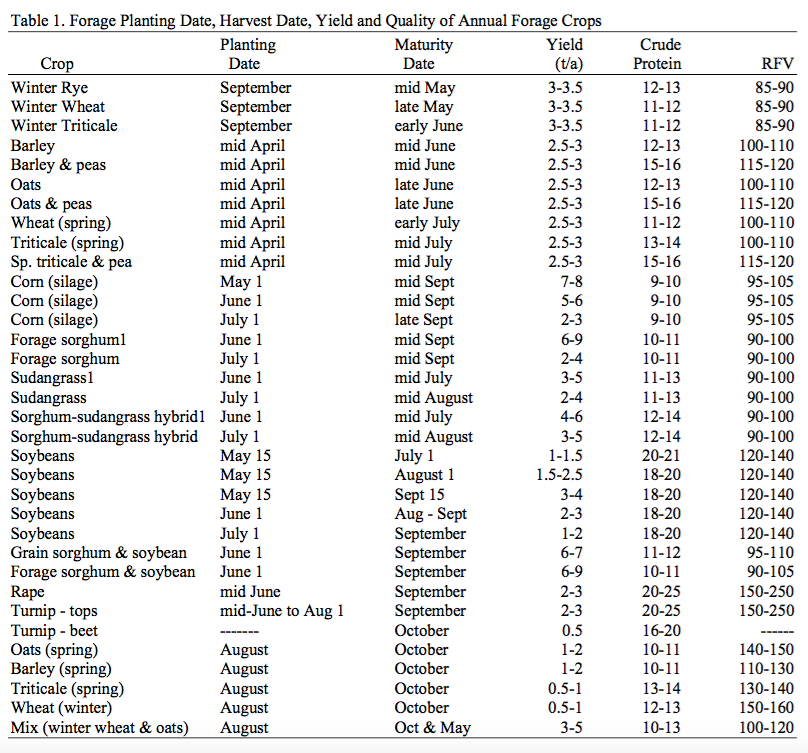Viking 104 Brand Sorghum-Sudangrass
Untreated Seed
- New, high performance, non-BMR hybrid; bred for with beef producers in mind
- Will outperform generic SS with older genetics; ultra-fast regrowth and high yield
- Shorter internodes; more leaves per foot of growth but with standard height cultivar
- Greater digestibility compared to other non-BMR SS; produces more beef per ton
- Male sterility means energy will not be transferred in grain, maintaining high quality and sugar content
- Performs better on lighter and calcareous ground than other non-BMR cultivars
- Boot up to 7-8’, but typically cut before or near 5”; 63-65 days to mid bloom
- Cut at 4-6”; shorter internodes allow for a closer cut
- Excellent sugarcane aphid tolerance
$50.00 / 50lb Bag
A hybrid cross between forage sorghum and sudangrass; intermediate in size and yield. Fast-growing, highly productive, multi-cut, warm-season annual grass bred to maximize summer forage. Most hybrids can grow 8′ tall if left uncut. Protein can reach 14% but has less energy than corn silage, because it lacks grain.
Best Use: Best suited for grazing, green chop, baleage, or silage.
Adaptation: Good soils, but is drought tolerant. Likes hot weather. All hybrids we sell are resistant to downy mildew and anthracnose.
Management
- Usually harvested 45-55 days after seeding or when 40 inches tall, whichever comes first.
- Cut 6” above ground for best regrowth. Larger stems make drying for hay more difficult than with sudangrass.
- High planting rates produce finer stems which dry better with increased quality.
- Manage risk for prussic acid and nitrate concentrations during drought or following frost.
- Protein will decline as harvest is delayed. If planning to cut only once, energy will increase upon heading due to continued sugar formation in the sorghum stalks and leaves, and carbohydrate deposition in the developing grains.
Planting Date: Late-May – early July (soil temps 62°F+)
Seeding: 20-40 lbs/acre drilled, 25- 45 lbs/acre broadcast. Use high end of the rate for finer stems and faster drydown. Plant ¾”-1½” deep.
Forage Planting Date, Harvest Date, Yield and Quality of Annual Forages Crops

Influence of Planting Date on Total Season Dry Matter Yields of Emergency Forages

Additional Resources:

